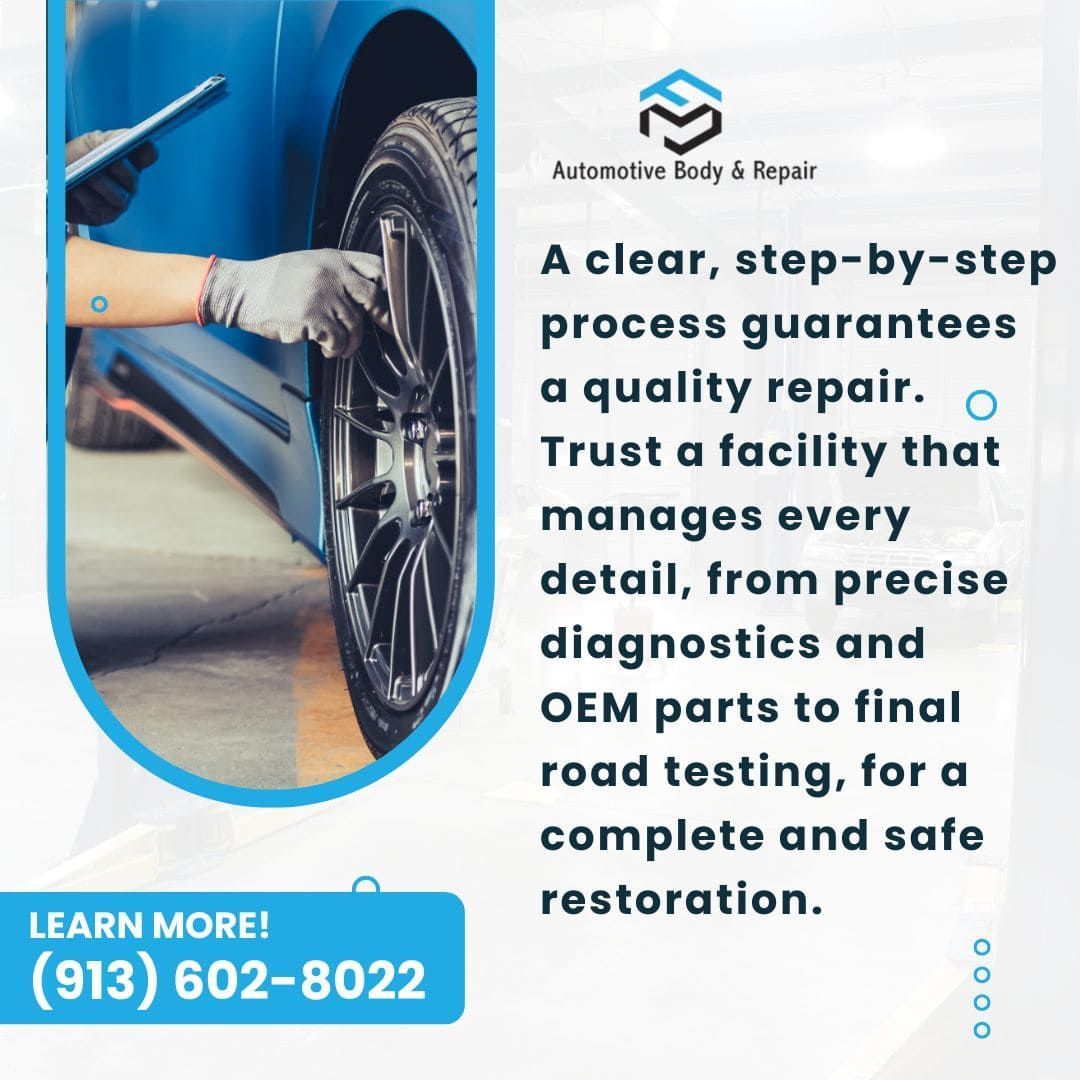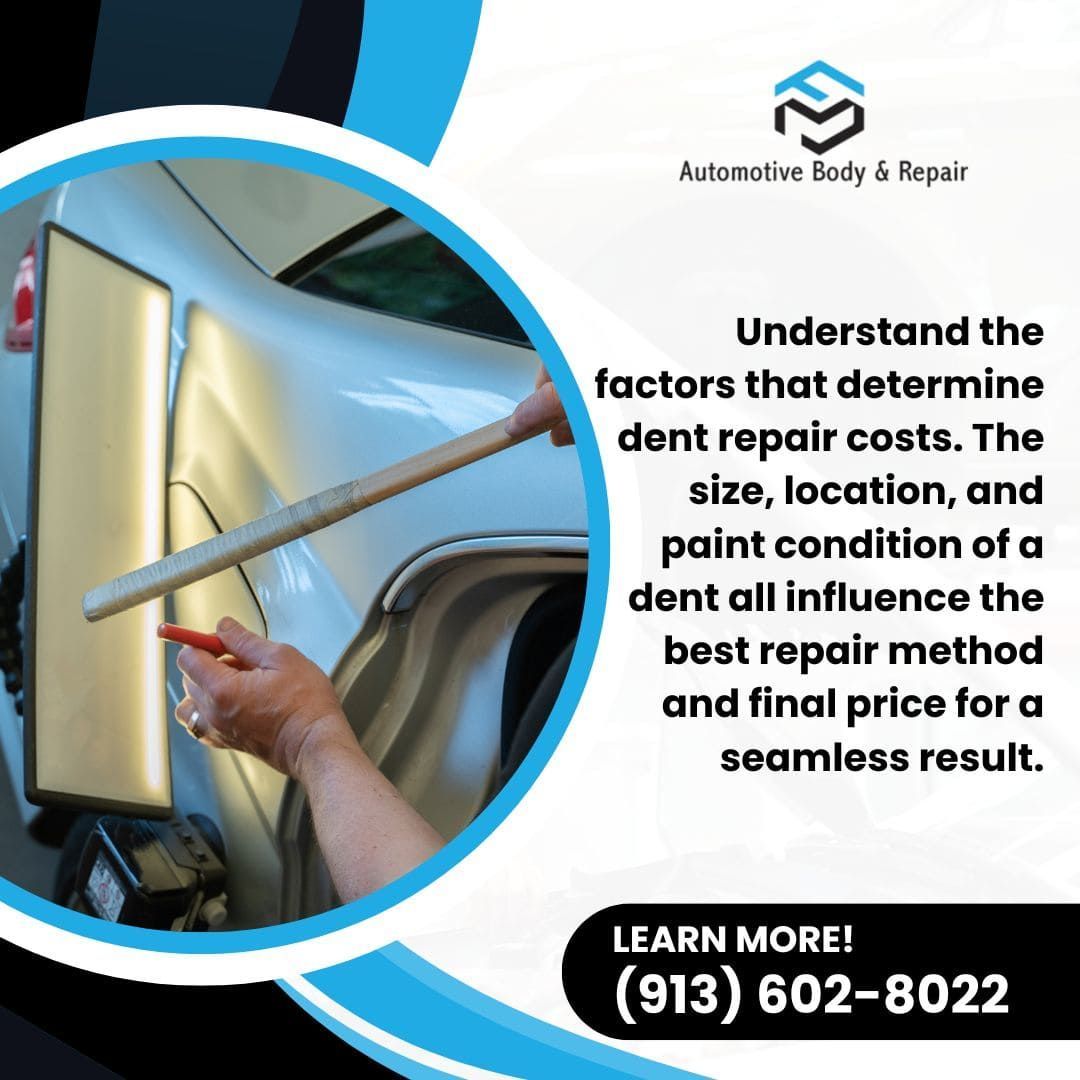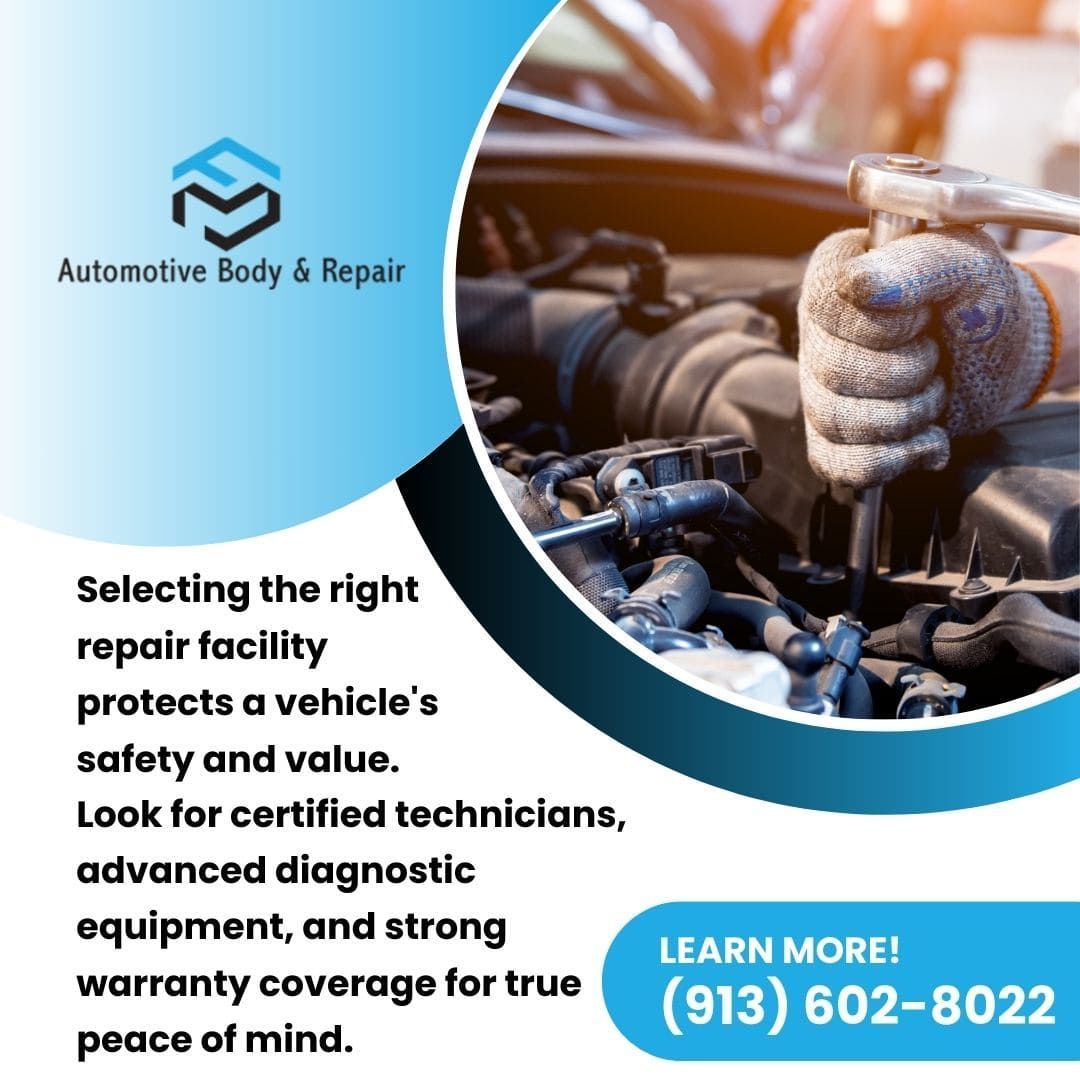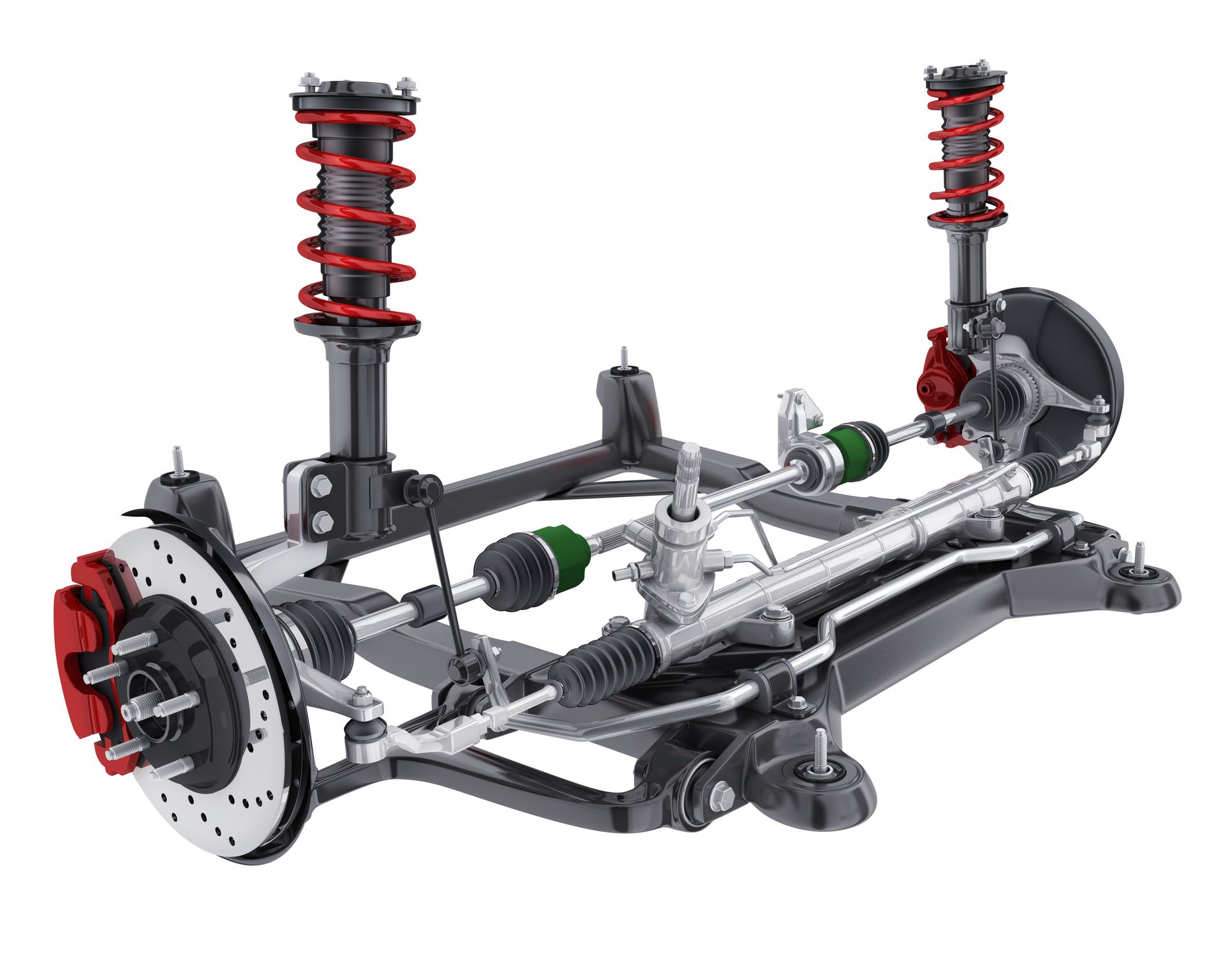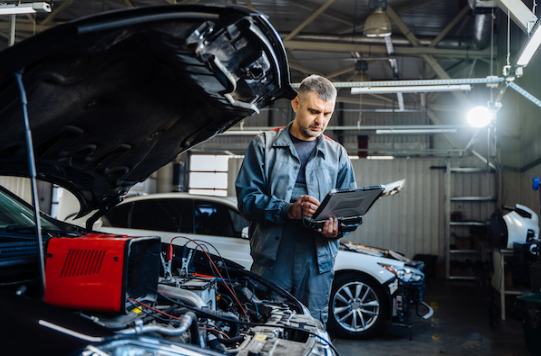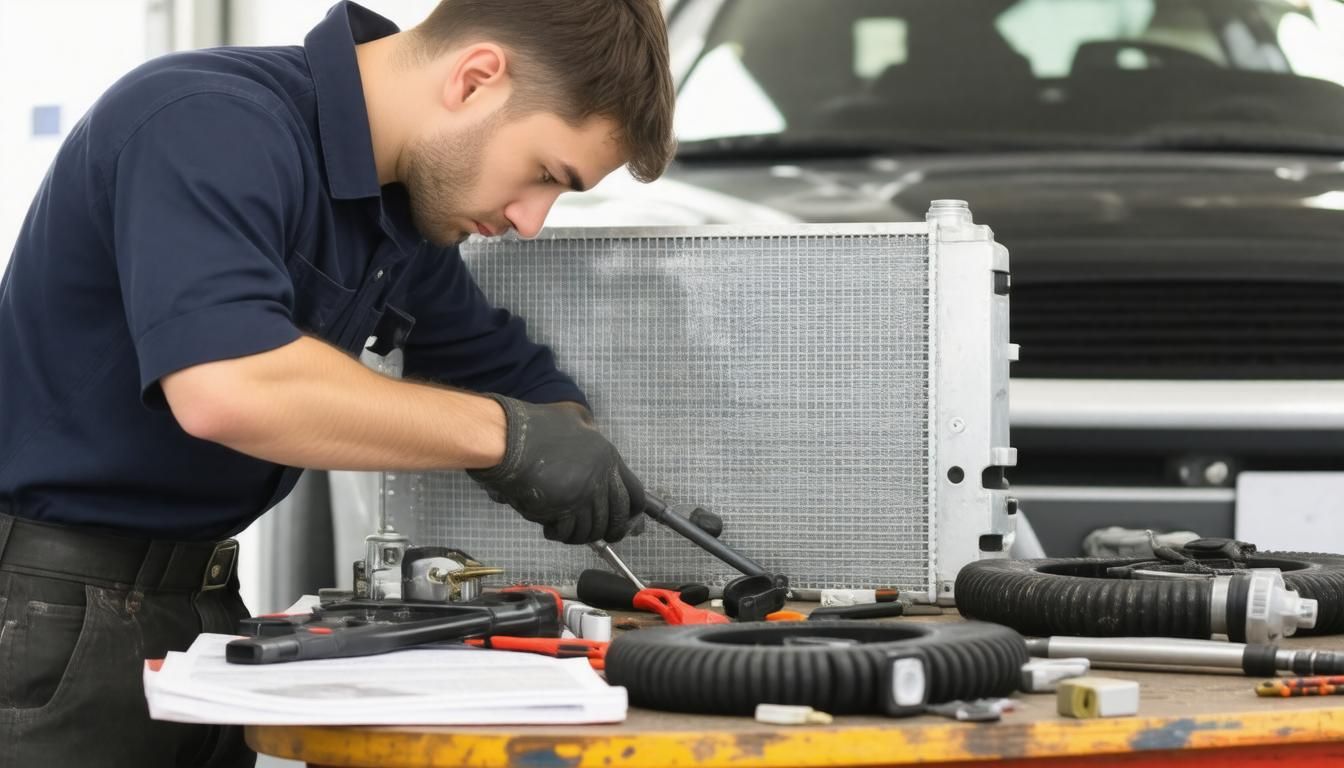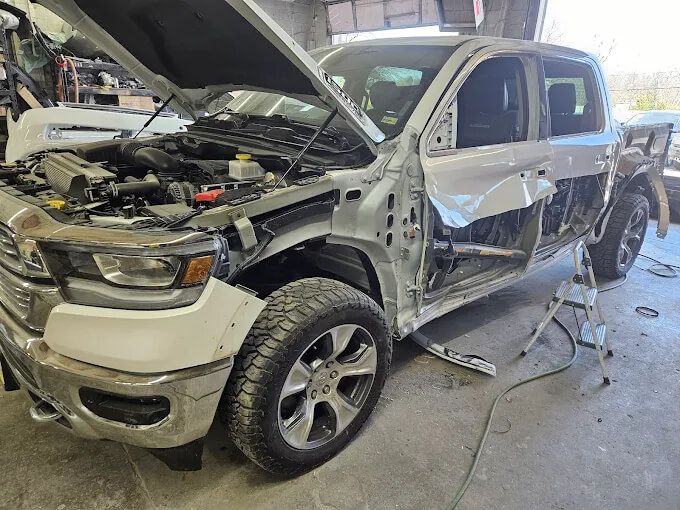When topping off your car’s fluids, it might seem harmless to add a little extra—especially when it comes to coolant. After all, more coolant should mean better engine protection, right? Not exactly. Overfilling your coolant reservoir can lead to unexpected problems and, in some cases, costly repairs.
If you’ve recently added coolant and now notice overflow, leaks, or pressure-related issues, here’s what you need to know.
How the Cooling System Works
Your engine produces a tremendous amount of heat, and it relies on the cooling system to keep temperatures in check. Coolant circulates through the engine and radiator, absorbing heat and releasing it into the air. The reservoir acts as a buffer—it holds excess coolant when the system heats up and expands, and allows coolant to return when things cool down.
This system is designed to work within specific pressure limits. Too little coolant causes overheating. Too much? That creates pressure problems your system wasn’t built to handle.
What Happens When You Overfill the Reservoir
Coolant expands as it heats up. The reservoir is vented and has a fill line for a reason—anything above that line has nowhere to go when the engine gets hot. Overfilling causes excess pressure, which leads to several potential issues:
- Coolant may be forced out of the overflow tube or cap
- Hoses and gaskets may begin to leak or fail due to excess pressure
- The radiator cap may not function properly under added stress
- In severe cases, overheating may occur if pressure disrupts coolant circulation
You might notice puddles of coolant under the car, a strong, sweet smell from under the hood, or even steam if things get too hot. It’s also possible for the check engine light or temperature warning light to come on.
Too Much Coolant Can Be Just as Risky as Too Little
The reservoir might seem like just a plastic tank, but it plays an important role in regulating coolant flow and pressure. When it’s too full, the system can’t relieve pressure properly. That extra fluid can also force coolant into parts of the engine that don’t need it—or push it out completely.
In some vehicles, overfilling can lead to poor heater performance as well, since the air pockets caused by displacement affect circulation through the heater core. If your heat suddenly stops working after adding coolant, this could be why.
How to Check and Correct an Overfill
First, always check coolant levels when the engine is cold. When hot, the coolant expands and gives a false high reading—and opening the system while hot can be dangerous due to pressurized steam.
If you realize you’ve overfilled the reservoir, the excess coolant should be drained to the correct level. In most vehicles, this can be done by siphoning a small amount from the tank or opening a drain valve if one is available. Don’t try to remove the radiator cap when the engine is hot.
Once the level is corrected, it’s a good idea to monitor for leaks or signs of pressure issues over the next few drives. If you notice repeat overflow or unusual engine temperatures, the system should be professionally inspected to ensure there’s no damage.
Preventing Coolant System Issues
Stick to the recommended type of coolant for your vehicle—mixing different kinds can cause gelling, clogging, or corrosion. Also, remember that coolant should generally be changed every 30,000 to 50,000 miles, depending on your car and the type of coolant used.
If you’re unsure about adding coolant or checking levels properly, it’s always safer to bring your car to a shop. They’ll not only top off correctly but also check for leaks, pressure integrity, and fluid condition—all of which are key to keeping your engine running safely.
F & M Automotive Body & Repair – Cooling System Services in Shawnee, KS
Accidentally overfilled your coolant tank? Don’t wait for signs of pressure damage or overheating.
F & M Automotive Body & Repair in Shawnee, KS, offers complete cooling system inspections, coolant adjustments,
and repairs to ensure your car stays safe, efficient, and ready for the road.
